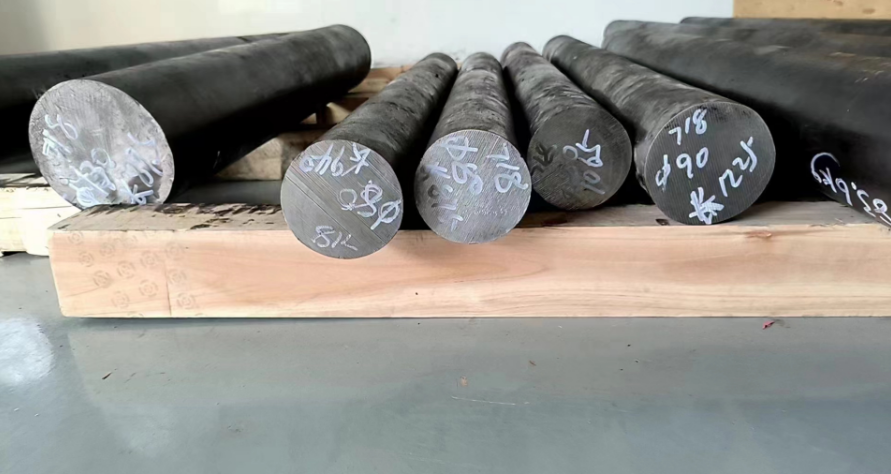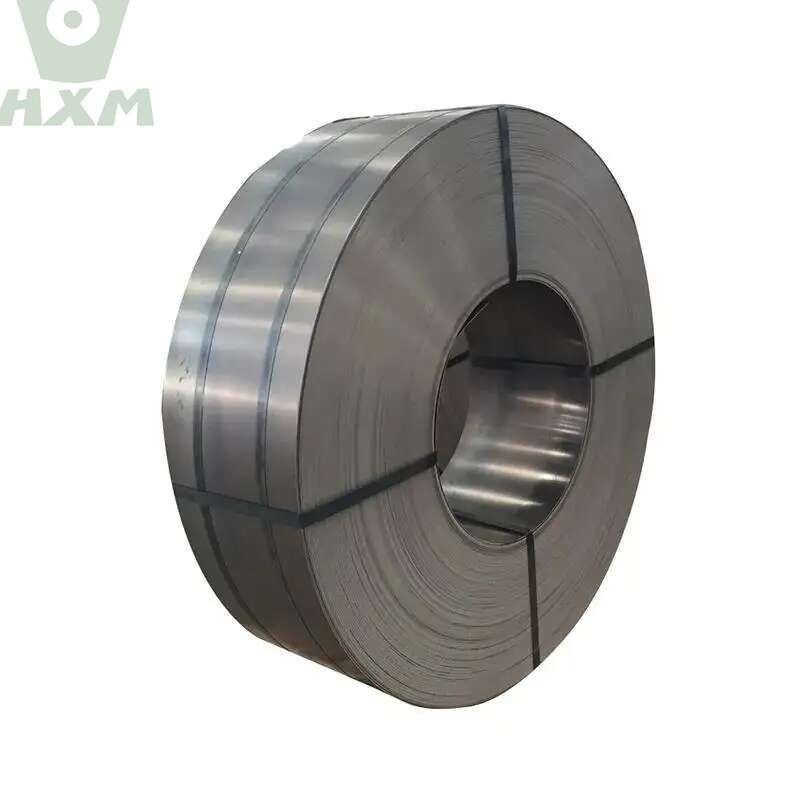Carbon steel, a crucial material in the global industrial landscape, holds a significant position in China’s manufacturing sector. Understanding the price dynamics of carbon steel in China is imperative for businesses, investors, and analysts alike, as it directly impacts the cost of production and profitability. This article aims to provide a comprehensive and authoritative overview of the price of carbon steel in China.

What is the price of carbon steel in China?
First and foremost, it’s important to note that the price of carbon steel in China is not a static figure but rather a dynamic entity that fluctuates based on various factors. These factors range from global supply and demand patterns, raw material costs, trade policies, to domestic economic conditions and infrastructural developments. Therefore, any discussion on carbon steel prices must be viewed in the context of these constantly evolving variables.
Global supply and demand are perhaps the most influential forces shaping carbon steel prices in China. As a major producer and consumer of steel, China’s market is deeply intertwined with global trends. Any changes in production levels in major steel-producing countries, such as China, India, or the European Union, can significantly impact prices. Similarly, fluctuations in demand from the construction, automotive, and machinery sectors have a direct bearing on carbon steel prices.
Raw material costs, particularly the price of iron ore and scrap steel, are also key determinants of carbon steel prices. China, being a net importer of iron ore, is particularly sensitive to international iron ore price movements. Any shifts in iron ore prices due to changes in mining output, transportation costs, or trade disputes can have a ripple effect on carbon steel prices.
Trade policies and tariffs also play a crucial role in determining carbon steel prices in China. The imposition of tariffs or the removal of trade barriers can significantly alter the cost of importing or exporting carbon steel, thereby affecting domestic prices. China’s ongoing trade relationships with its major trading partners, such as the United States and the European Union, have a profound impact on carbon steel pricing.
Domestically, economic growth and infrastructural investments are significant drivers of carbon steel demand in China. As the country continues to invest in roads, bridges, railways, and buildings, the demand for carbon steel rises, often leading to an increase in prices. Conversely, economic downturns or slowdowns can lead to a decrease in demand and, subsequently, a decline in prices.
In addition to these macroeconomic factors, carbon steel prices in China are also influenced by specific market conditions and supply chain dynamics. For instance, seasonal variations in demand, such as increased construction activity during the spring and summer months, can lead to temporary fluctuations in prices. Similarly, any disruptions in the supply chain, such as transportation delays or production shutdowns, can also affect prices.
To stay updated on carbon steel prices in China, it’s crucial to monitor various price indices and market reports. These resources provide insights into current pricing trends, historical data, and forecasts, enabling businesses to make informed decisions. Additionally, maintaining close contact with suppliers, distributors, and industry associations can provide valuable insights into market dynamics and potential price movements.
Conclusion
In conclusion, the price of carbon steel in China is a complex and multifaceted phenomenon, influenced by a wide range of factors.
Thank you for reading our article and we hope it can help you to have a better understanding of the price of carbon steel in China. If you are looking for carbon steel suppliers and manufacturers online now, we would advise you to visit Huaxia Steel.
As a leading supplier of carbon steel products from Shanghai China, Huaxia Steel offers customers high-quality carbon steel, tool steel, alloy steel, and carbon steel tubes at a very competitive price.








